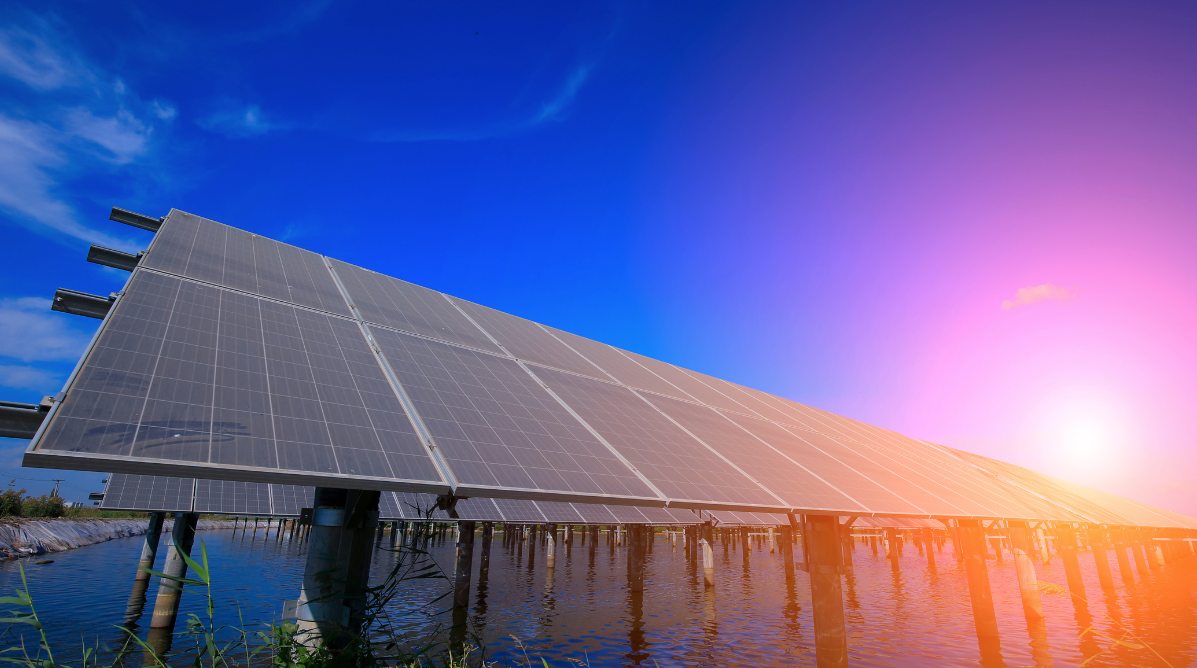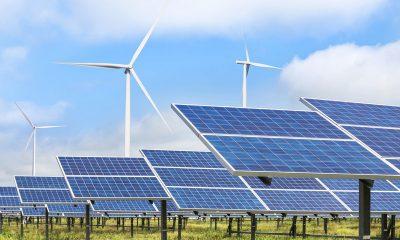411
South Africa’s Solar Industry Powers Forward to 2025

As 2024 concludes, the South African Photovoltaic Industry Association (SAPVIA) celebrates a year of steady growth, marked by major milestones and bold plans for the future. With nearly 961MW of new private-sector solar PV capacity added this year, South Africa’s solar journey is lighting the way toward a more sustainable energy future.
Solar Growth Milestones in 2024
South Africa’s total solar PV capacity reached 8.97GW in 2024, an 11.9% increase compared to the previous year.
- Public Procurement: Contributed 2.8GW through programs like the Renewable Energy Independent Power Producer Procurement Programme (REIPPPP).
- Private Sector: Delivered an impressive 6.1GW, showcasing resilience and adaptability.
Ongoing projects, including 500MW of utility-scale projects under construction and 375MW slated for completion in 2025, promise continued momentum in the sector.
SAPVIA’s policy advocacy efforts, particularly in the Integrated Resource Plan (IRP) 2023 draft and initiatives like the South African Wholesale Electricity Market (SAWEM), have been instrumental in overcoming hurdles and driving growth.
Economic and Community Impact
The solar industry has become a cornerstone of South Africa’s economy, creating jobs and fostering skills development.
- Job Creation: SAPVIA’s partnership with the National Business Initiative (NBI) and Absa trained 100 installation companies to meet rising demand.
- Private-Sector Leadership: Companies like SOLA have made strides in renewable energy projects, accelerating private-sector contributions.
Despite its successes, the solar sector faced challenges such as:
- Regulatory Delays: Backlogs in grid connection processes hindered project timelines.
- Financing Gaps: Limited funding options for SMEs made scaling difficult.
- Grid Constraints: Aging infrastructure struggled to support new capacity.
SAPVIA’s responses included:
- Streamlined Processes: Advocacy with the DMRE and Nersa to fast-track grid connections.
- Financing Initiatives: Connecting SMEs with funding opportunities and fostering partnerships with larger firms.
SAPVIA envisions several advancements in the coming years:
- Energy Storage: Increased adoption of solar-plus-storage systems to mitigate intermittency.
- Microgrids: Expansion in rural and remote areas with limited grid access.
- Rooftop Solar: Growing use in residential and commercial sectors as electricity costs rise.
Efforts are underway to develop a comprehensive grid upgrade plan, incorporating smart grids and energy storage to support renewable expansion.
In 2024, solar energy powered South Africa through 300 days of uninterrupted electricity, displacing 4,260 tons of CO2 with 5.2TWh of clean energy production.
This milestone underscores solar’s potential to reduce reliance on fossil fuels, lower emissions, and position South Africa as a global leader in renewable energy.
A Brighter, Greener Future
The solar industry is not just transforming South Africa’s energy landscape—it’s creating a sustainable future for all. SAPVIA remains committed to ensuring every South African has access to affordable, reliable, and clean energy, driving the country toward energy independence and a greener tomorrow.
Follow Joburg ETC on Facebook, Twitter and Instagram
For more News in Johannesburg, visit joburgetc.com



























